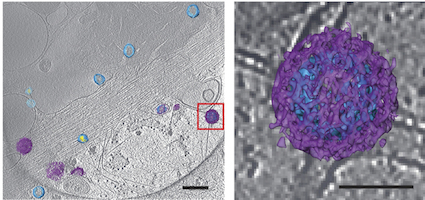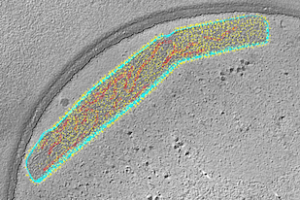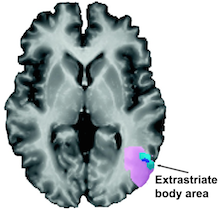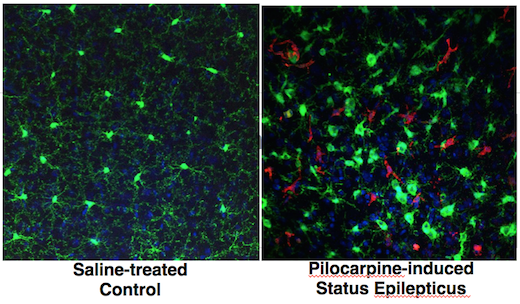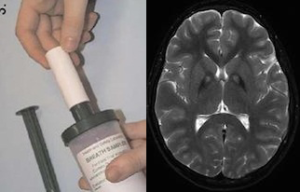
Using one to see into the other. Left: canister for breath sample. Right: basal ganglia, a region of the brain usually affected by Parkinson’s.
Scientists think that it may be possible to detect signs of Parkinson’s disease through a breath test.
The Michael J. Fox Foundation for Parkinson’s Research is supporting a clinical study at Emory that will probe this idea. Neuro-immunologist Malu Tansey is working with Hygieia, a Georgia-based company that has developed technology for analyzing volatile organic compounds present in exhaled air.
From the MJFF’s blog:
By collecting and analyzing breath samples in 100 people (50 non-smoking early-stage PD patients and 50 age and sex-matched controls), the researchers hope to define a unique inflammatory PD-specific breath fingerprint that could be used to predict and monitor disease in combination with blood analyses of conventional or newly discovered biomarkers.
“We hypothesize that breath volatile organic compounds (BVOCs) fingerprinting can enable sensitive and specific measures of ongoing inflammation and other processes implicated in the development and/or progression of PD, and thus could represent an early detection tool,” Tansey says.
If results indicate moving forward, Tansey says it will be important to compare the breath sample method against blood tests for inflammatory markers. Other reports on the breath test approach for Parkinson’s have been encouraging. Read more






